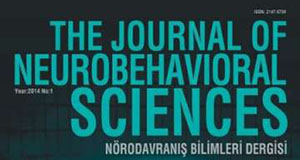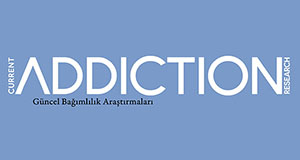
Autism is a childhood neurodevelopmental disorder that affects 1–2 in 100 children, according to recent data on the broad array of autism spectrum disorders. It is a neurodevelopmental disorder, genetic and environmental factors playing role in autism. Molecular and mechanistic basis of autism started to be enlightened. As a genetic basis of disease, glutamate gene mechanisms supposed to develop a new method for diagnosing and treatment of autism. Aim of this mini-review is to gain a general knowledge about genetic and environmental reasons of autism.
Autism is a neurodevelopmental disorder that affects 1–2 in 100 children, according to recent data on the broad array of autism spectrum disorders. Autism is diagnosed when a child or adult has abnormalities in a ‘‘triad’’ of behavioral domains: social development, communication, and repetitive behavior/obsessive interests. Autism can occur at any point on the IQ continuum, and IQ is a strong predictor of outcome (Baron-Cohen et al., 2009). Unusual social development becomes apparent early in childhood. Autistic infants show less attention to social stimuli, smile and look at others less often, and respond less to their own name. Autistic toddlers differ more strikingly from social norms; for example, they have less eye contact and turn taking, and do not have the ability to use simple movements to express themselves, such as the deficiency to point at things. Autism is one of the subtypes of autism spectrum disorders (ASD) which refers to a group of childhood neurodevelopmental disorders with polygenic etiology.
The disorders are characterized by impaired social interaction, communication and verbal communication and language impairments, and repetitive behaviors and interests. Autism has an increasing prevalence in recent years. From 2007 to 2011–2012, the incidence of ASD rose from 1.16% to 2.00% in the United States of America (Blumberg et al., 2013). Most researches show that both genetic and environmental factors play a role in the development of ASD. High concordance of ASD among boys and girls cannot be explained by genetic heritability alone; shared environmental factors explain a large proportion of the variance in liability. In addition, prenatal exposure to organophosphates has been related to a significant reduction in childhood IQ.




